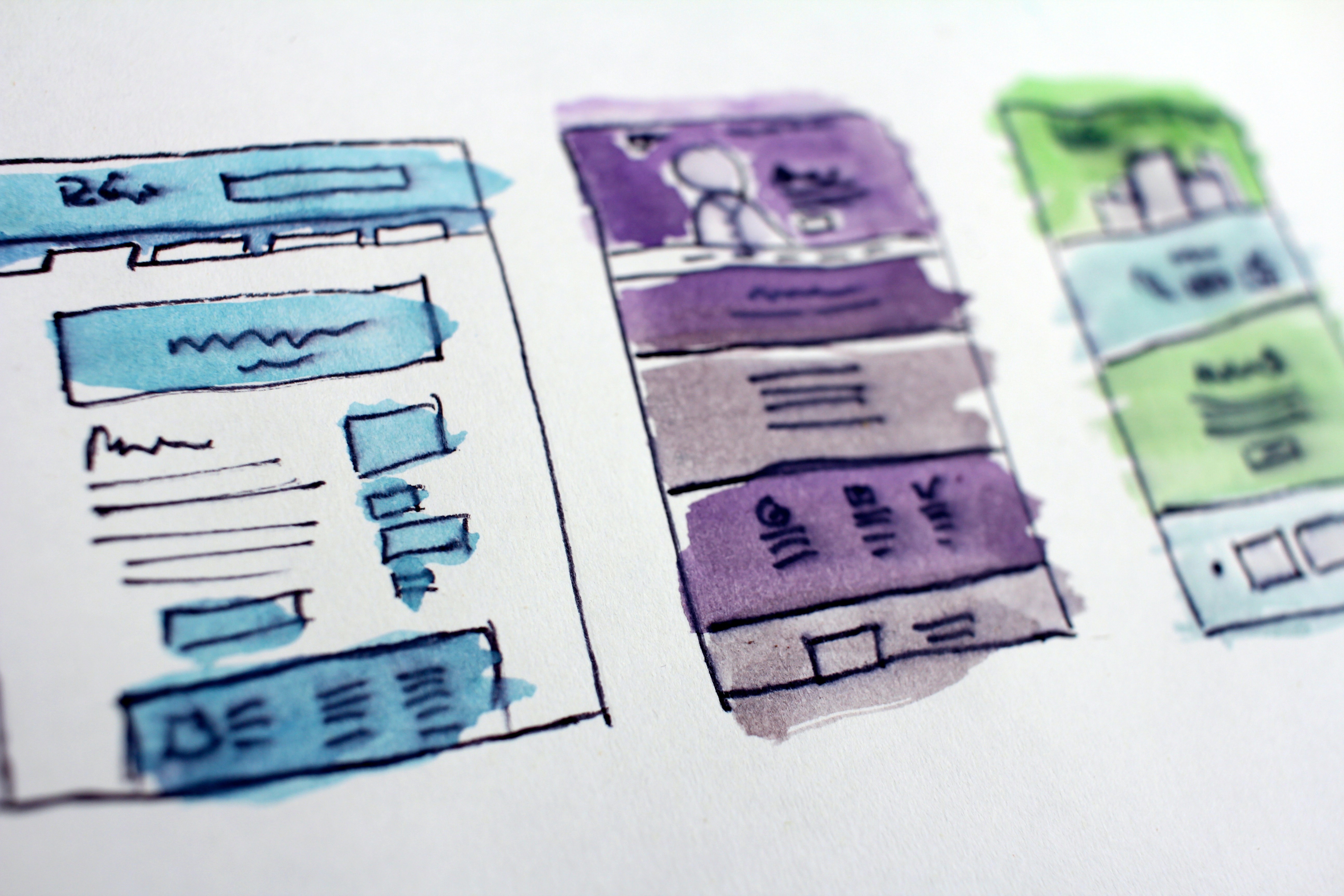Progressive Web Apps: Revolutionizing the Mobile Web Experience
Progressive Web Apps have revolutionized the mobile web experience by bridging the gap between traditional websites and native apps.

Photo by Hal Gatewood on Unsplash
Progressive Web Apps: Revolutionizing the Mobile Web Experience
Progressive Web Apps (PWAs) have emerged as a game-changer in the world of mobile web development. Combining the best features of native apps and traditional websites, PWAs offer a seamless and engaging user experience. This article explores the concept of progressive web apps, their advantages, key features, implementation methods, and the future prospects they hold.
What are Progressive Web Apps?
Progressive Web Apps are web applications that leverage modern web technologies to provide an app-like experience to users. They are designed to work across various platforms and devices, eliminating the need for separate native apps for different operating systems. PWAs are built using standard web technologies such as HTML, CSS, and JavaScript, making them easily accessible through web browsers.
Advantages of Progressive Web Apps
Offline Access
One of the standout features of PWAs is their ability to function offline. By utilizing service workers, PWAs can cache data and resources, allowing users to access content even when they are offline or experiencing poor network conditions. This capability makes PWAs highly reliable and convenient for users.
Fast and Responsive
PWAs are designed to be fast and responsive, providing a smooth user experience similar to native apps. They load quickly, even on slower networks, and respond instantaneously to user interactions. The use of caching and optimized resource loading techniques contributes to their exceptional performance.
Cross-Platform Compatibility
Unlike native apps that require separate development efforts for each platform, PWAs are platform-agnostic. They can be accessed on any device with a modern web browser, be it a smartphone, tablet, or desktop computer. This cross-platform compatibility significantly reduces development and maintenance costs.
Improved User Experience
PWAs excel in delivering an enhanced user experience. With features like push notifications, offline access, and seamless navigation, PWAs offer a cohesive and immersive experience that rivals native apps. Users can add PWAs to their home screens, providing quick access and a sense of ownership.
Key Features of Progressive Web Apps
Service Workers
Service workers are the backbone of PWAs. They are JavaScript scripts that run independently of the main browser thread and enable features like offline caching, background synchronization, and push notifications. Service workers allow PWAs to provide a reliable and consistent experience, regardless of network connectivity.
Push Notifications
Push notifications are a powerful engagement tool in the world of mobile apps. PWAs can leverage push notifications to keep users informed about new content, updates, or important events. By sending timely and relevant notifications, PWAs can drive user engagement and increase retention rates.
App Shell Architecture
PWAs utilize the app shell architecture, which involves separating the core application shell from the dynamic content. The app shell, consisting of the essential user interface elements, is cached locally, ensuring fast and reliable loading. This architecture enables instant loading and smooth transitions between screens.
Secure Connections (HTTPS)
PWAs require secure connections through HTTPS to ensure data integrity and user security. HTTPS provides encryption and authentication, safeguarding user interactions and preventing unauthorized access. The use of HTTPS is essential for PWAs to ensure a trustworthy and secure browsing experience.
How Progressive Web Apps Work
Progressive Web Apps leverage modern web technologies to deliver an app-like experience. They utilize service workers to cache resources, enable offline access, and handle background synchronization. When a user visits a PWA-enabled website, the service worker installs in the background and caches the necessary files. The next time the user accesses the PWA, it loads quickly from the local cache, creating a seamless and responsive experience.
Case Studies of Successful Progressive Web Apps
Twitter Lite: Twitter Lite, a PWA developed by Twitter, offers a fast and lightweight alternative to their native app. It provides offline access, push notifications, and significantly reduces data usage, making it ideal for users with limited network connectivity.
Trivago: Trivago, a popular hotel search platform, adopted a PWA to enhance its mobile web experience. The PWA offers a fast and immersive search experience, even in areas with slow or unreliable internet connections.
Starbucks: Starbucks launched a PWA to streamline the ordering process for its customers. The PWA allows users to place orders, customize drinks, and make payments directly from their mobile browsers, providing a convenient and efficient user experience.
Implementing Progressive Web Apps
To develop and implement a progressive web app, the following steps are typically involved:
Web App Manifest: Create a web app manifest, which is a JSON file containing metadata about the PWA, such as its name, description, icons, and display preferences. The manifest enables the PWA to be installed on a user’s device and appear on their home screen.
Service Worker Registration: Implement a service worker that handles caching, offline access, and other advanced features. The service worker should be registered in the web page to intercept network requests and provide the necessary functionality.
Testing and Optimization: Thoroughly test the PWA on different devices, browsers, and network conditions. Optimize the performance by minimizing resource sizes, leveraging caching strategies, and following best practices for web development.
Challenges and Limitations
While progressive web apps offer numerous advantages, they also face certain challenges and limitations:
Browser Support
The full potential of PWAs can only be realized if the user’s browser supports the required web technologies. Some older browsers may not fully support the advanced features used in PWAs, limiting their functionality and user experience.
Limited Device Capabilities
PWAs operate within the constraints of web browsers, which may have limited access to device capabilities like camera, sensors, or advanced hardware. Although PWAs can utilize certain device features, they may not offer the same level of integration as native apps.
Discoverability
Unlike native apps available in app stores, PWAs rely on users discovering them through search engines or direct links. This can pose challenges in terms of visibility and reaching a wider audience. However, the adoption of web app manifests and search engine optimization techniques can improve discoverability.
Future of Progressive Web Apps
The future looks promising for progressive web apps as they continue to evolve and gain widespread adoption. As web technologies advance and browser support improves, PWAs will become even more powerful and feature-rich. With companies like Google actively promoting PWAs and incorporating them into their ecosystem, it is evident that PWAs will play a significant role in shaping the future of mobile web experiences.
Conclusion
Progressive Web Apps have revolutionized the mobile web experience by bridging the gap between traditional websites and native apps. With their offline capabilities, fast performance, cross-platform compatibility, and enhanced user experience, PWAs offer a compelling alternative to traditional app development. As technology progresses and adoption increases, PWAs will become an integral part of the mobile app landscape, providing users with seamless, engaging, and accessible web experiences.
FAQs
What is the difference between a native app and a progressive web app?
Native apps are specifically developed for a particular platform and require installation, while progressive web apps are accessible through web browsers and work across platforms.
Can progressive web apps work offline?
Yes, progressive web apps can work offline by utilizing service workers to cache data and resources, allowing users to access content even without an internet connection.
Are progressive web apps secure?
Progressive web apps can be secure if implemented using secure connections (HTTPS) and follow best practices for web security. HTTPS encryption ensures data integrity and user privacy.
Can progressive web apps be installed from an app store?
Progressive web apps do not require installation from an app store. Instead, users can add them to their home screens directly from the browser, providing quick access to the app-like experience.
How do I know if a website is a progressive web app?
Progressive web apps often have a distinctive “Add to Home Screen” prompt when visited through a compatible browser. Additionally, PWAs can be identified by their app-like interface, offline capabilities, and push notification support.
